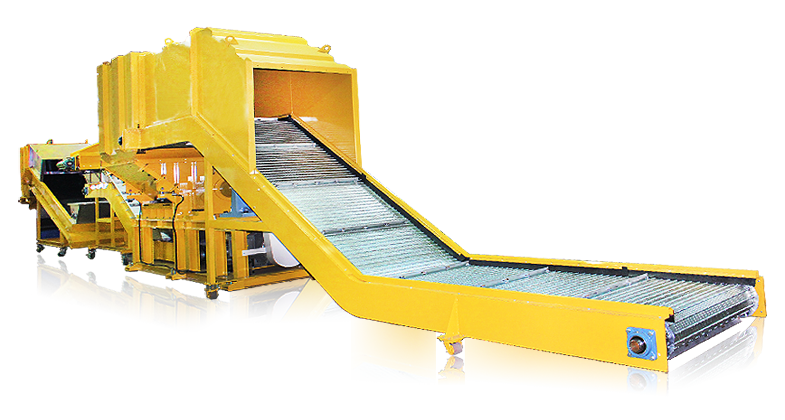EDM (electrical discharge machining) has long been the answer for high accuracy, demanding machining applications where conventional metal removal is difficult or impossible. Conceptually, it is very simple; electrical current passes between an electrode and a workpiece. The spark discharge erodes it to form the desired final shape.
The whole process takes place in a dielectric bath such as oil or deionized water. EDM was developed during the Second World War by the Lazarenko Brothers in the Soviet Union and has since evolved into a major industry with several types of machinery. Electrical spark discharges have long been a method for achieving extremely high temperatures. In EDM processes, the plasma-like 10,000 C temperatures can create a complex environment at the microscopic level on the workpiece surface.
While it is generally understood to be a high temperature melting process, what is actually happening on the workpiece surface is still a subject of research. The major challenge in efficient EDM processing is control of electrode. There are other parameters, including electrode shape for some processes – issues which made computer numerical control a breakthrough technology for widespread adoption of EDM.
Three major types of EDM machines
While there are numerous specialty forms of electrical discharge machining, industrial machines are commonly grouped into three categories:
- Wire EDM
- Die sinker or ram EDM
- Hole drilling or “hole popper” machines
As the name implies, wire EDM uses a thin wire as the electrode, which carries the spark inducing electrical potential. It is programmed to move in a carefully controlled pattern roughly analogous to a woodworker’s scroll saw. Control of the wire movement in an XY plane is similar to other CNC-driven technologies, but with the unique conditions of EDM and special requirements. Logical discharge erodes the electrode as well as the workpiece, so typically a spool of wire is used for the electrode, passing continuously by motor drive to present a fresh discharge path in the cut.
Also, during the process an unstable discharge can be created if the dielectric breaks down in the cut region, or wear debris contaminates it. Control electronics can compensate to a certain extent, but clean dielectric fluid must be pumped continually to flush the cutting zone.
The “cheese cutter” wire EDM technology is popular, but has one important limitation: wire must pass entirely through the workpiece, making essentially a two-dimensional cut in a three-dimensional part. Complex cavity shapes that are needed in many tool and die applications, such as metal stamping dies and plastic injection mould can be EDM processed using “die sinker” (sometimes called “ram”) EDM.
In this process, an electrically conductive graphite electrode is machined precisely to form a “positive” of the desired cavity that is carefully plunged into the workpiece. Logical spark occurs over the surface of the graphite electrode. The ability to produce complex, three-dimensional cavities is a major advantage. Disadvantages include the need to machine the electrode, more complex electrode wear control issues and occasional difficulties in flushing the cut.
EDM can also be used in hole-making operations. If a small pilot hole is pre-drilled in the workpiece, wire can be threaded through, and conventional wire EDM used. Where this is impossible – in blind hole applications, for example – a specialized EDM hole making machine can be used. Commonly called a “hole popper,” these machines use a rotating conductive tube as the electrode, with a continuous flow of dielectric (usually deionized water) to flush the cut.
This technology is also used with wire EDM machines to create the pilot hole necessary for wire threading. Accurate, precise holes are possible and have allowed for several advanced technologies. Perhaps the most important is the use of EDM created cooling holes in high temperature alloy turbine blade sections. This permits a “film cooling” process, which allows jet engines to operate at higher temperatures for greater durability and efficiency.
Why EDM?
In practical terms, Electrical Discharge Machining overcomes a major issue with conventional machining: hardness.
In traditional machining processes, metal workpieces are typically made from special grades of hard enable tool steels, which are machined in an annealed or soft state to facilitate cutting.
After the desired shape is machined, the parts are then hardened by one or more heat treatments. This adds time, cost and can alter the finished parts’ dimensions, especially if a poorly controlled heat treatment process is used. EDM, however, can cut hardened materials and exotic metal alloys and as a bonus produces excellent surface finishes, frequently reducing the need for post machining grinding or surface treatment steps.
Like all machining processes, EDM is a balancing act between speed and surface finish. In wire EDM processes for example, it is common to use a faster, rough-cut followed by the finishing or skimming cut, which uses a less aggressive flushing profile to minimize wire deflection. Material removal can be precisely controlled, typically measured in “tenths.”
If you need further details about electrical discharge machining, welcome to visit our website and feel free to contact OCEAN Technologies Co., Ltd. – the professional EDMs manufacturer in Taiwan.
Article Source: http://www.engineering.com/AdvancedManufacturing/ArticleID/10100/EDM-101-Electrical-Discharge-Machining-Basics.aspx

